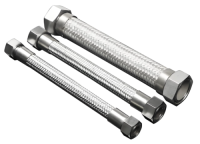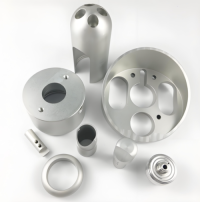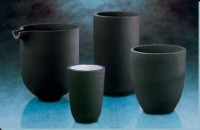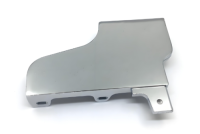
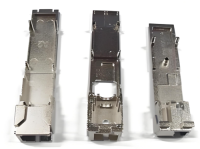

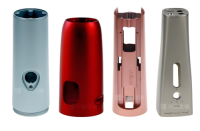
Product Description:
- 1.High precision - Excellent dimensional accuracy and thin-wall capabilities (as thin as 0.5mm)
- 2.Smooth surfaces - Naturally good finish (Ra 1.6μm achievable without machining)
- 3.Strength-to-weight ratio - Tensile strength up to 417MPa while remaining lightweight
- 4.Corrosion resistance - Superior to aluminum in many environments
- 5.Cost efficiency - Lower melting point (380-420°C) reduces energy costs vs aluminum
- 6.Ductility - Can withstand bending/forming better than brittle alloys
- 7.EMI shielding - Effective electromagnetic interference protection
- 8.Recyclability - 100% recyclable without quality loss
Common applications include automotive components, electronics housings, and hardware fittings. Popular alloys include Zamak 3 (most common), Zamak 5 (higher strength), and ZA-8 (best creep resistance). The process allows complex geometries with tight tolerances (±0.1mm typical).



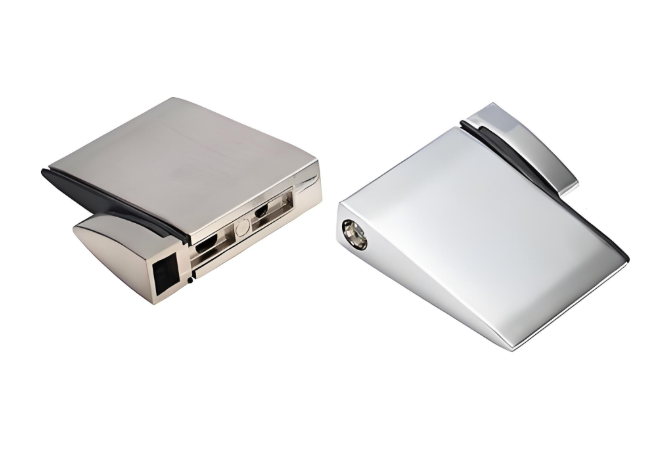
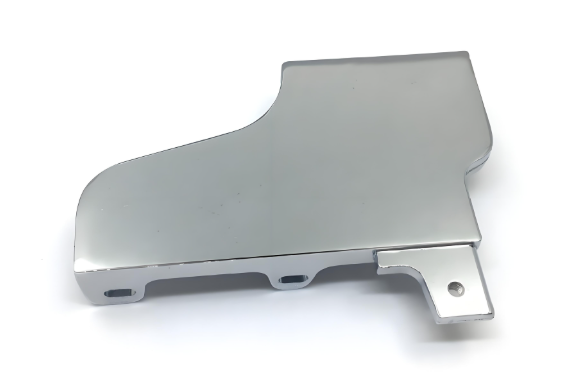
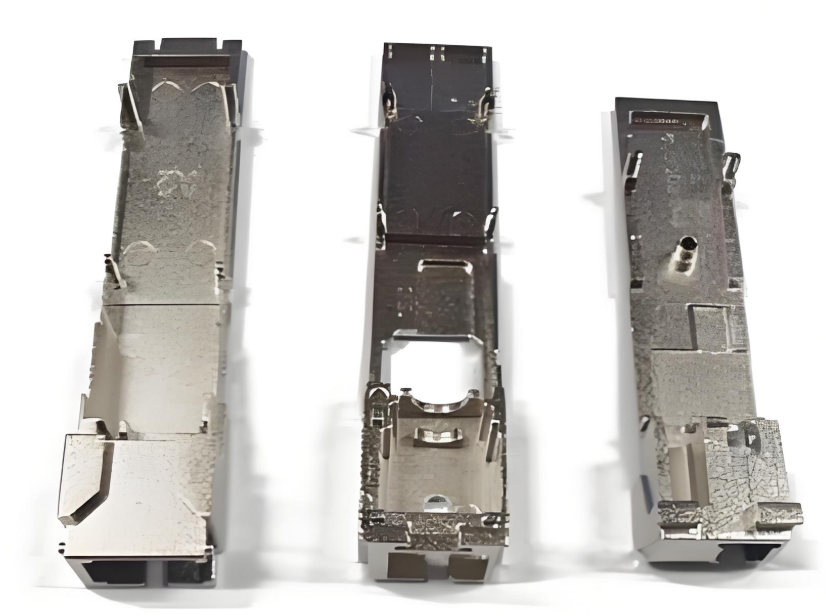
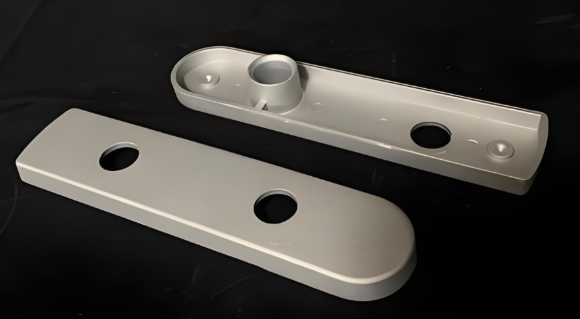
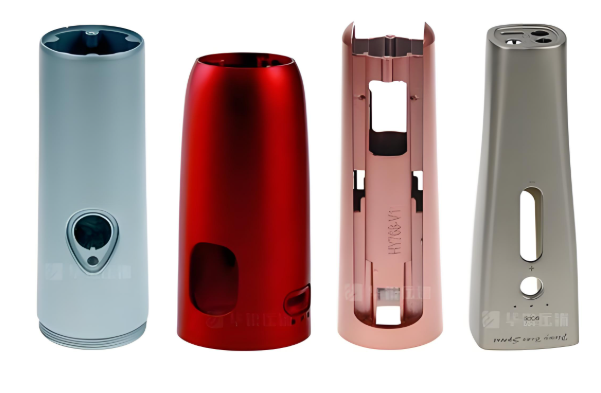
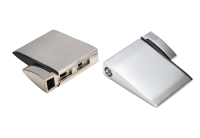

 463
463